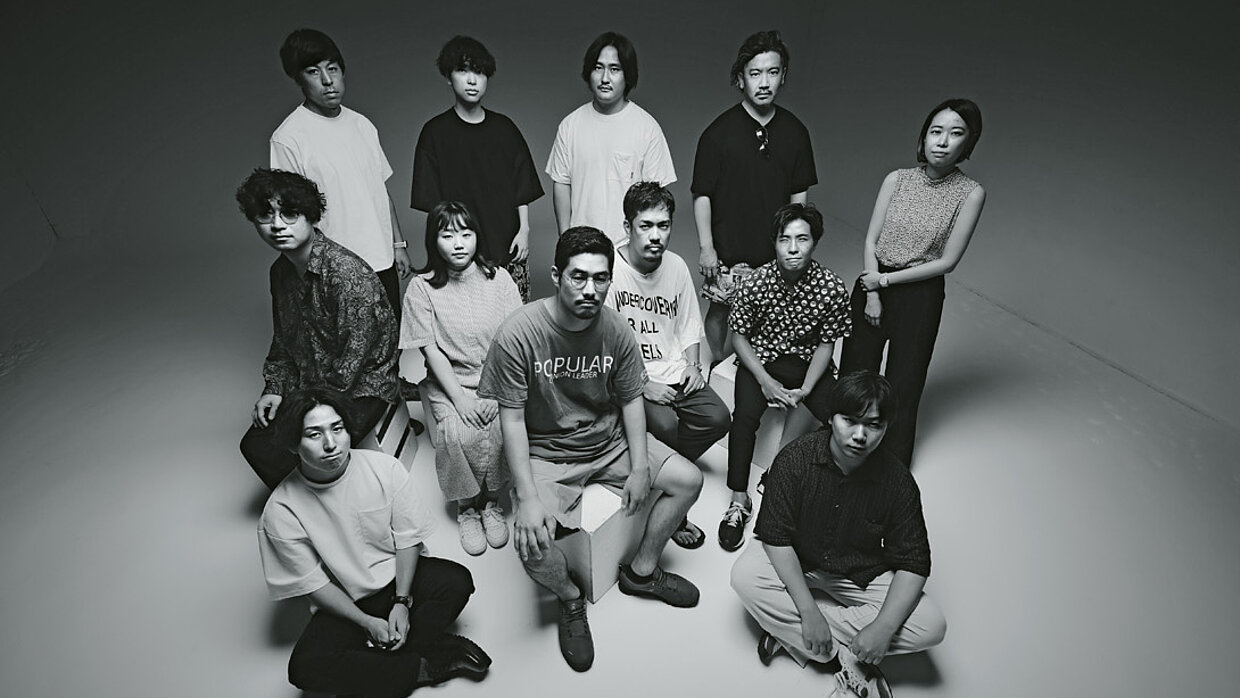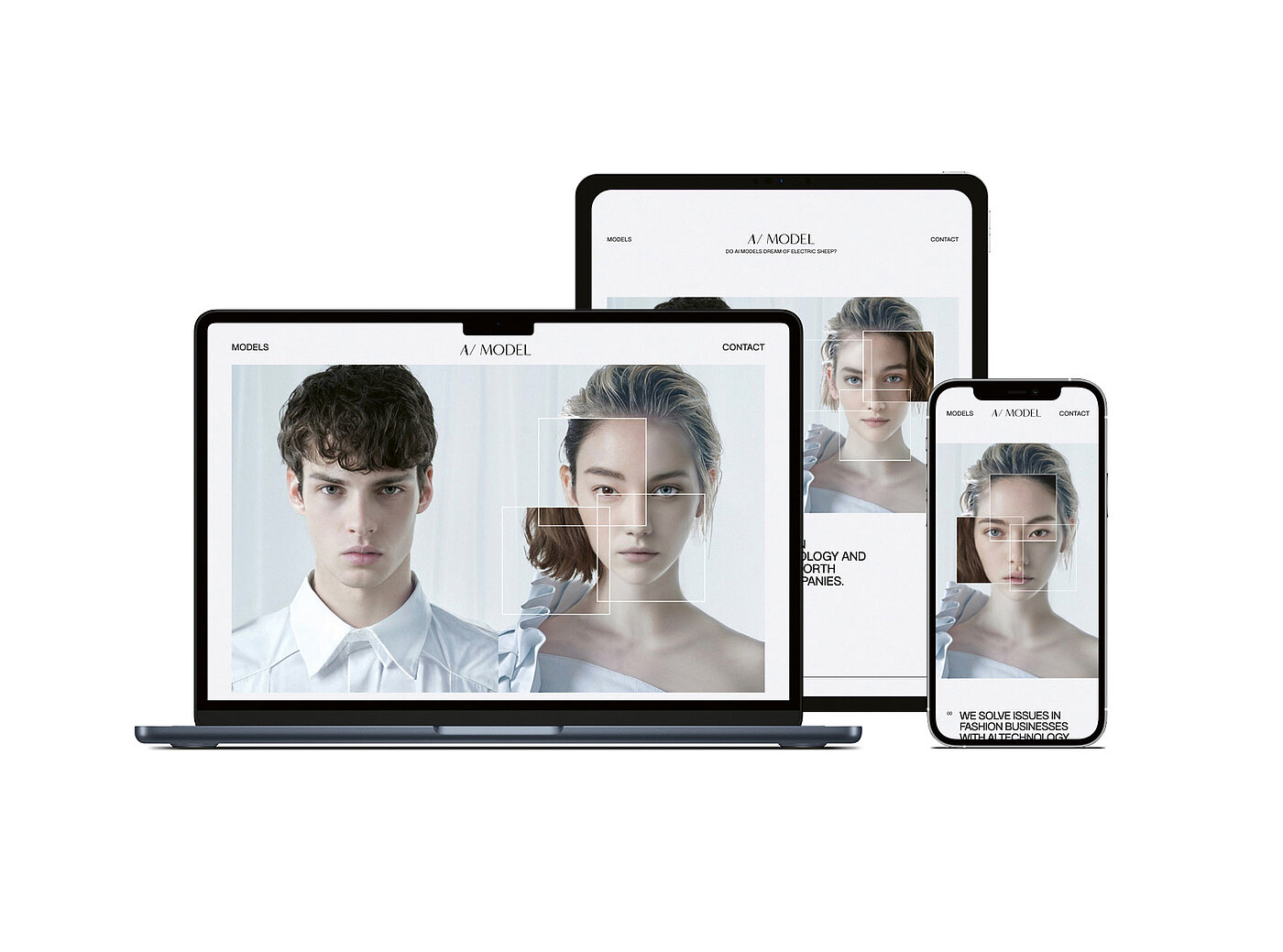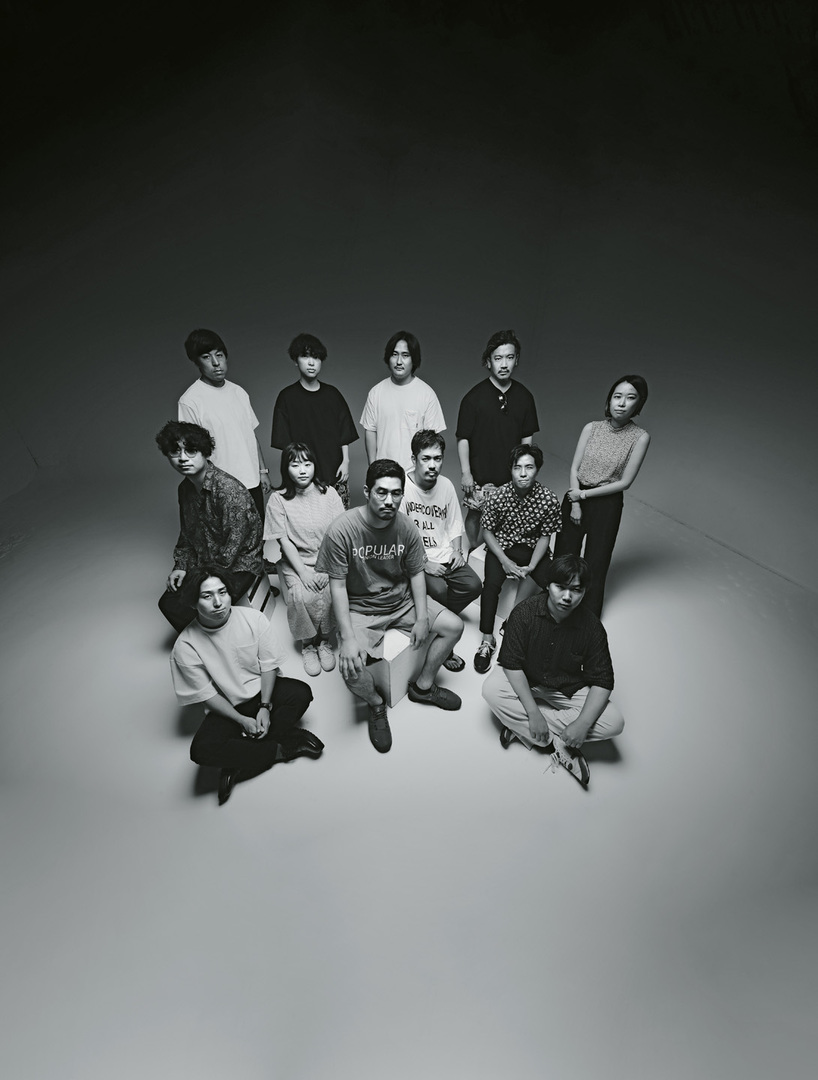
With 17 employees, OVERA is a creative partner for a wide range of renowned international companies. Founded in 2014 by Kota Hoshino, it quickly specialised in strategic design and brand development, using all the tools of design. The reward for this is not only satisfied clients – the agency has also been honoured with design awards. The innovative implementation of “AI-Model” is based on the possibilities of artificial intelligence and surprises with a unique aesthetics.
Interview with OVERA
Red Dot: Can you briefly explain how AI-Model works?
OVERA: AI-Model is capable of creating unique AI-generated models by combining the strengths of various different models. This allows users to create models that precisely match their brand, including facial features, skin tones, hair colours, body types and much more. In this way, models are created that are perfectly tailored to each apparel brand.
What do you see as the biggest benefits for the industry?
For companies with limited resources, AI-Model could be a valuable tool that enables them to use new sales channels such as online shops, live commerce or the metaverse. For real-life models, especially those who have fewer opportunities on the job market due to their age, AI presents an opportunity to generate new demand by subtly changing their facial features.
By entrusting AI with standardised tasks and promoting human creativity for unique ventures, we believe that this approach will help the industry grow.
Your website does not explain in detail how AI works here; your focus is on the playful discovery of possibilities. Is this approach crucial for the acceptance of AI?
Instead of getting into technical details or lengthy descriptions of AI, we prioritised making what this AI can achieve intuitively comprehensible to users, thus igniting their interest. Our aim was to make AI user-friendly and accessible to people without technical expertise, so that they feel confident and eager to try it out.
To what extent do you think AI will change the work or even the job description of designers in the future?
We believe it’s about making things possible that were previously impossible due to cost and resource constraints. It also empowers designers by freeing them from mundane tasks, allowing them to focus on creative work.
Do you see cultural differences in the acceptance of AI?
Not in particular. We believe that as long as we can distinguish between AI capabilities and human skills, there won’t be any problems. AI cannot replace everything – humans possess unique qualities and charms that are irreplaceable.

